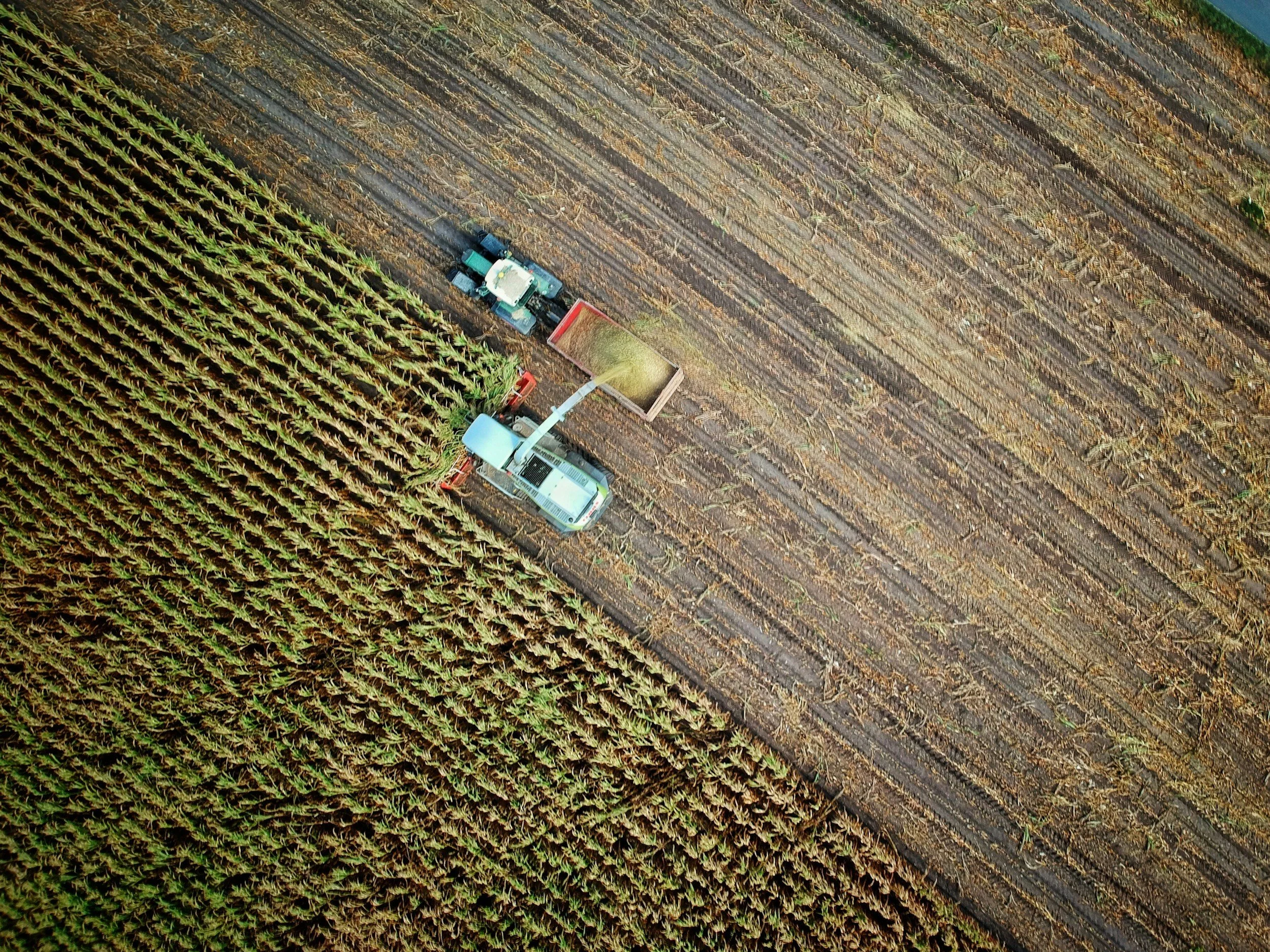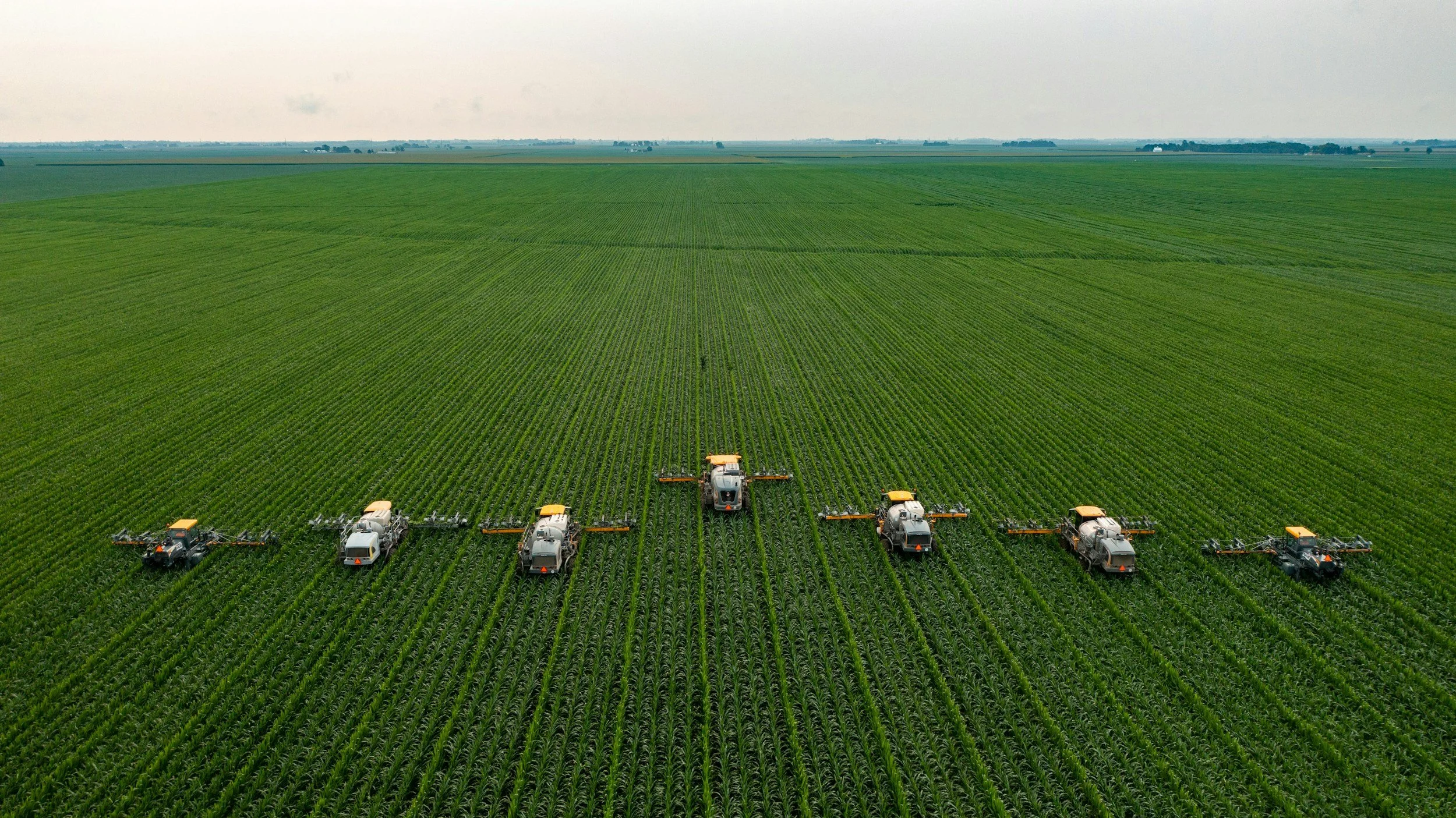Addressing the Global Water Inequality Crisis – Infographic
/Guest post by Tom Murphy
In a planet that’s 70% water, you’d be forgiven for thinking that there was more than enough of this precious resource to comfortably sustain its population. However, when you think through how much of this water is fit for human consumption, you realize that maybe there isn’t a whole lot to go around for more than 7 billion inhabitants. In the Western world, water scarcity certainly isn’t a problem for most (with some exceptions in pockets of the US, the EU, and Australia ), but delve deeper into impoverished Third World/Global South nations and it will soon dawn on you just how shocking the disparity of water availability is on this planet.
Research from the World Health Organization shows that more than 844 million people worldwide, equal to 11% of the global population, do not have access to a clean source of drinking water. When the world’s wealthy are allowing gallons of it to flow down the drain every day while brushing their teeth or shaving, it hardly seems like the current imbalance is acceptable.
It’s not uncommon for people in water-starved regions to defecate openly, share latrines with other humans, walk long distances for clean water or settle for drinking from contaminated lakes and rivers. The situation is projected to worsen, too; by 2025, it’s estimated that half the world’s population will live in water-stressed areas.
What can we do to help redress the scale of water inequality? For a start, we could invest in water-efficient implements at home such as low-flow showerheads. Also, changing our habits to only use water when necessary will help, as will educating our children about the importance of water conservation – the earlier they learn about how much it matters, the sooner they will habitually adopt water-saving measures. The actions of individuals and families can make a difference, but for real change to occur, it needs the participation of governments and industries worldwide to affect things on a grand scale.
If you’d like to find out more about the scale of water inequality and what can be done to help resolve the problem, have a read through this infographic from Nature’s Water.
Tom Murphy works with Nature’s Water, a company which provides water treatment equipment in Ireland and actively encourages customers to adopt eco-friendly water conservation practices in their homes and businesses.
Like this? Please pin!








































